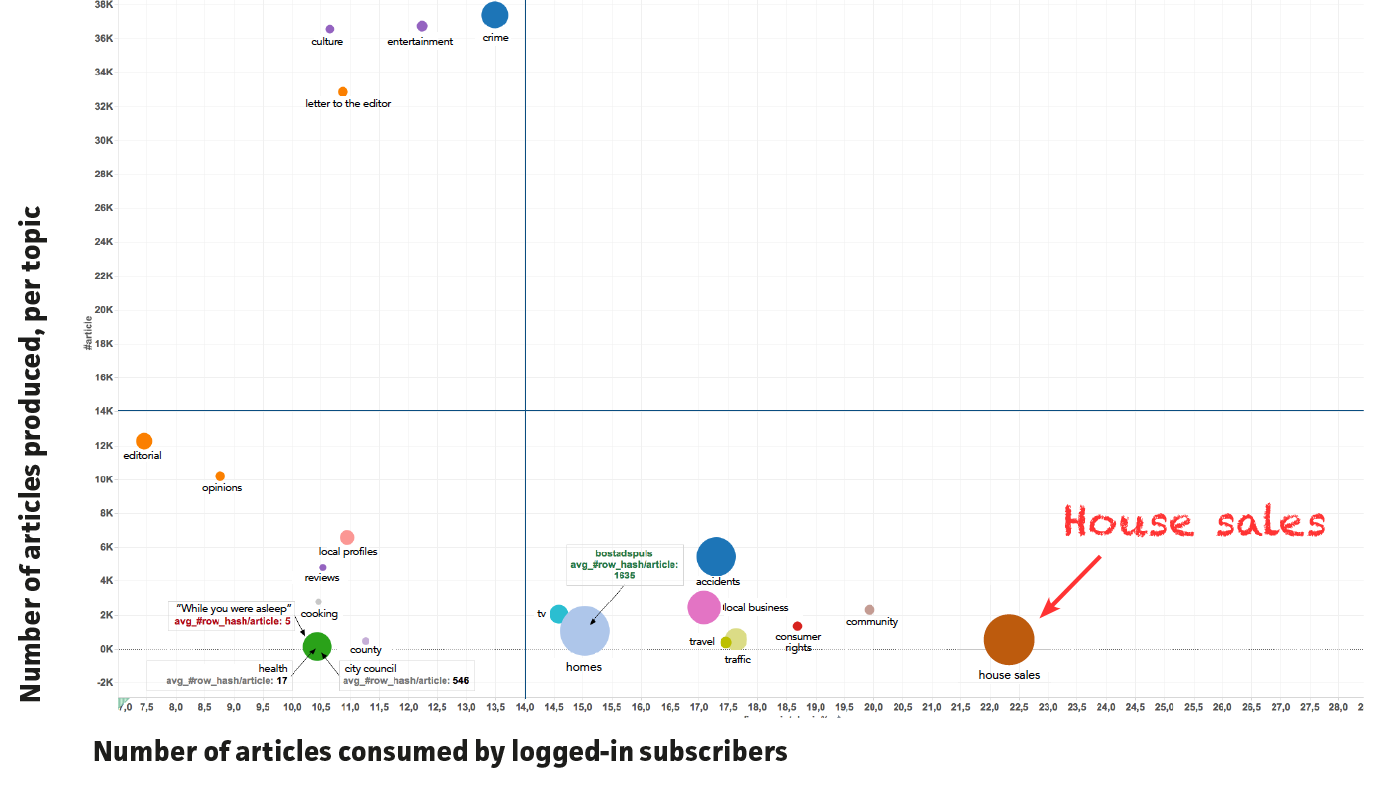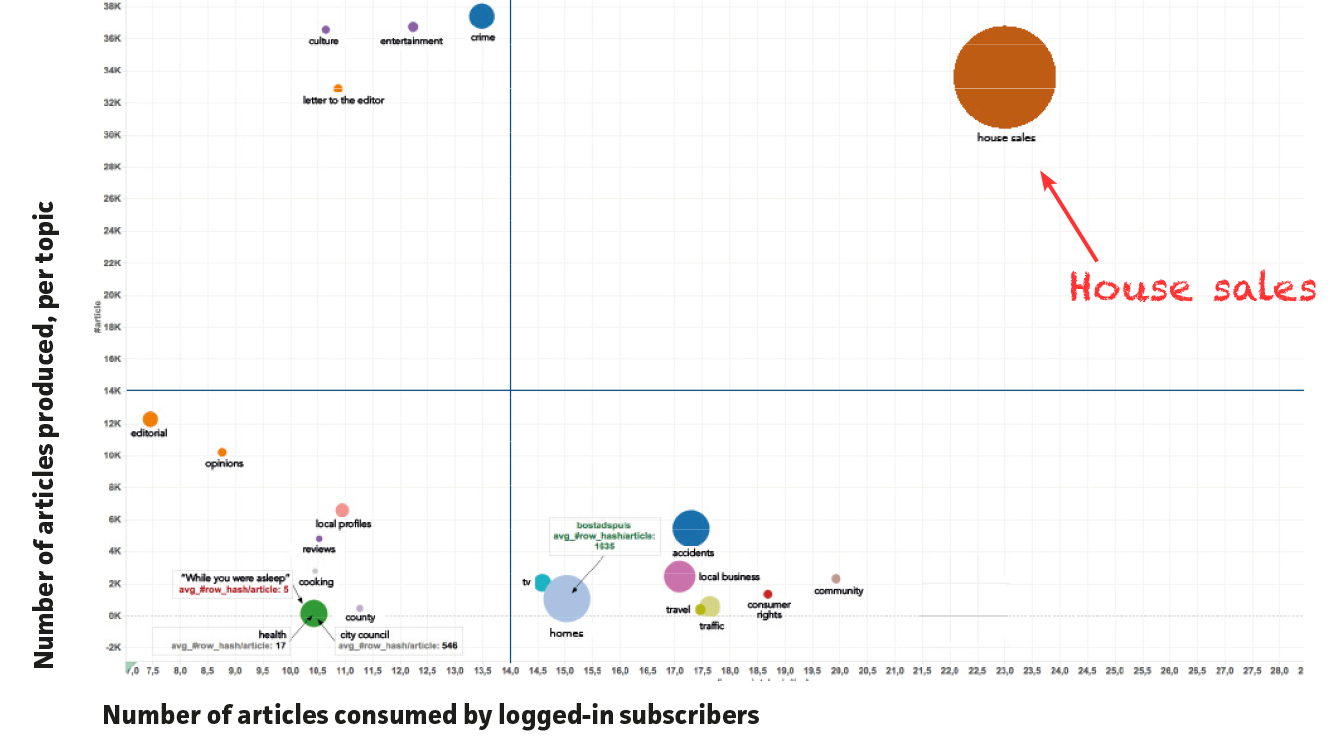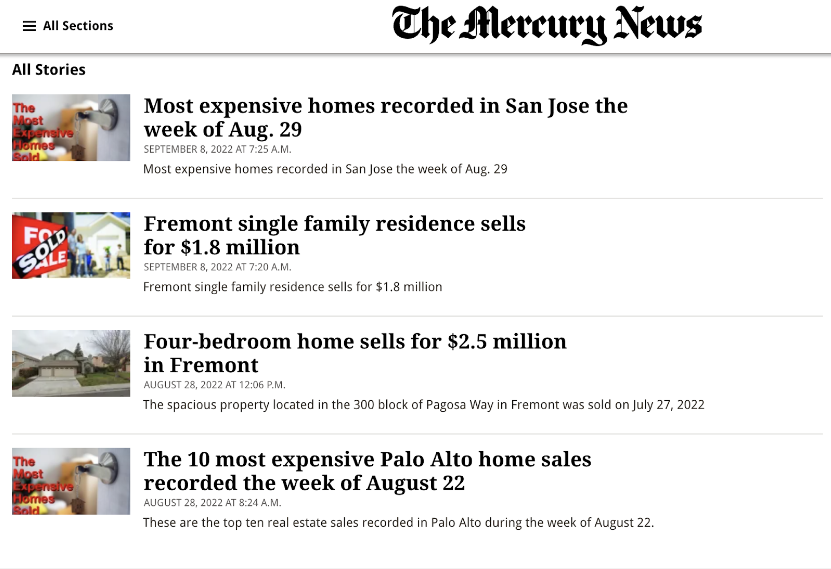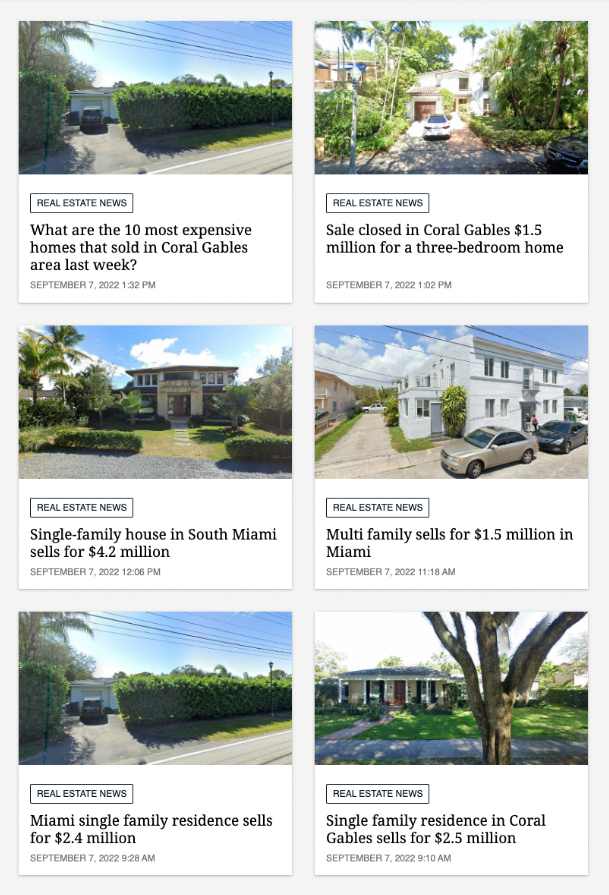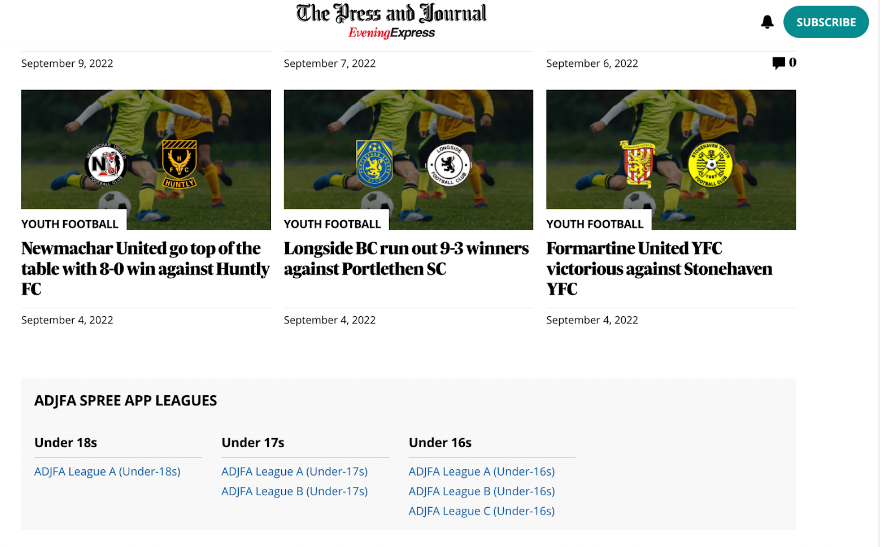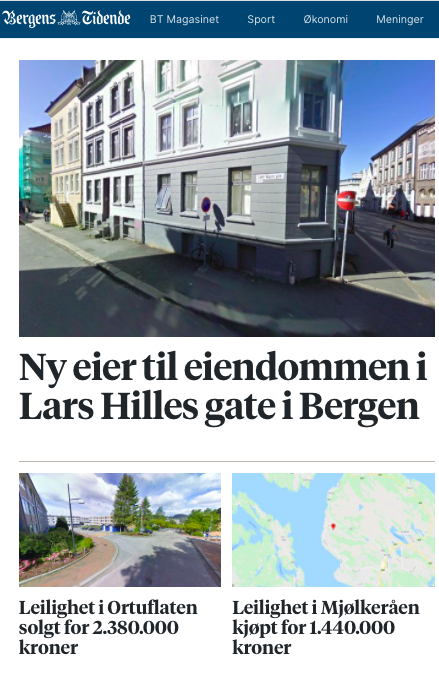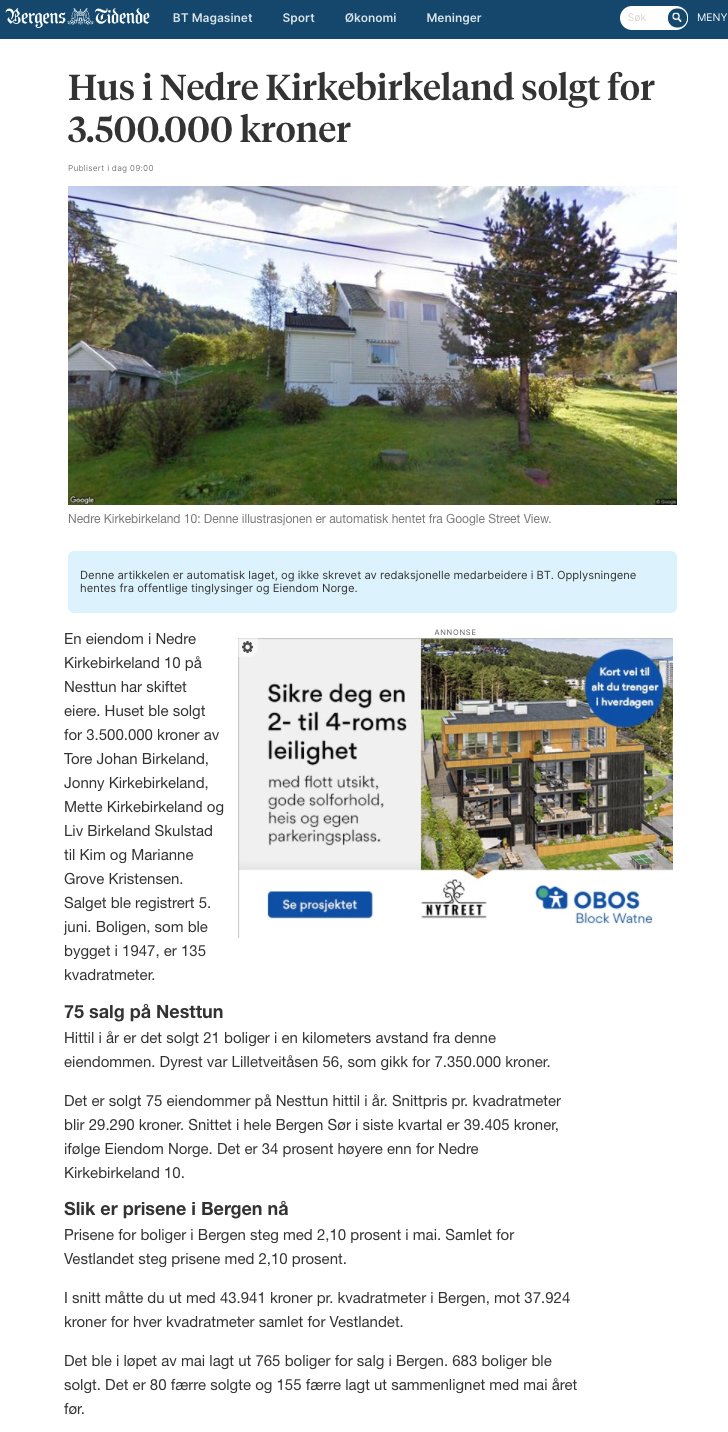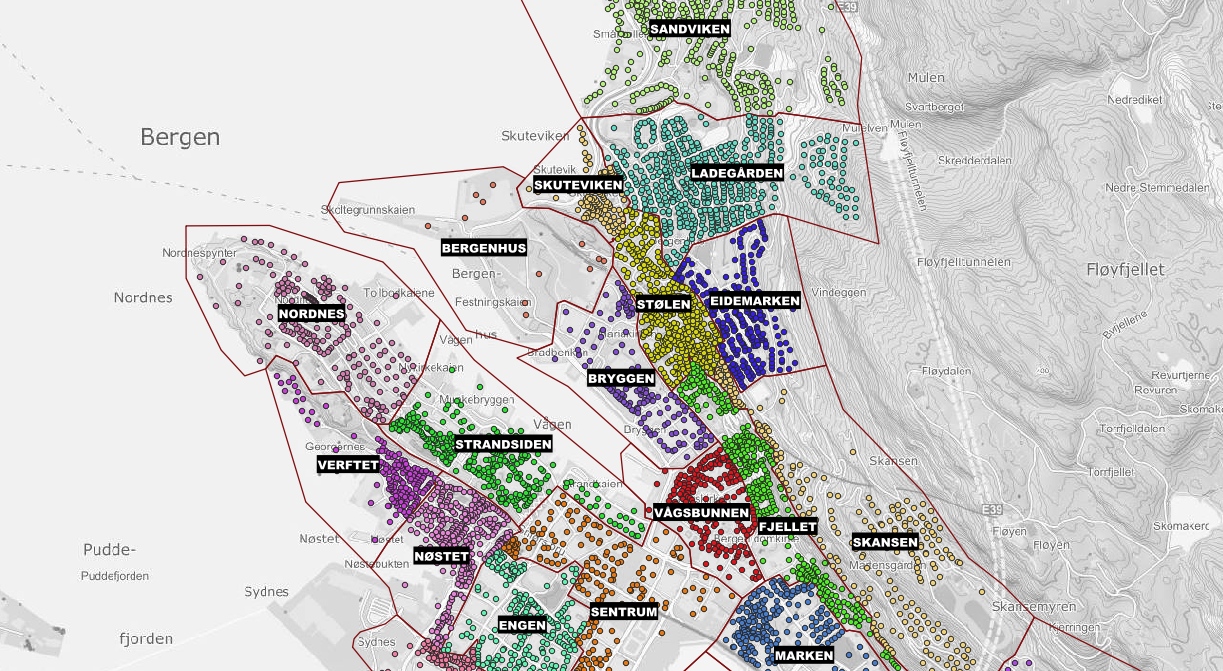How to get started with automated content
Talk to an expertTurning automated content into a community asset – in 5 steps

One of many challenges for local news media is how to allocate resources to drive relevance, inclusivity and a sustainable business.
Everyday newsroom questions
- How do we satisfy reader demand for information AND journalism?
- How can we expand coverage in relevant topics with limited resources?
- How do we divert human reporters toward human assignments?
- How can we accelerate reader revenue and advertising in a cost effective way?
- How do we produce content enough for personalised offerings?
By using automated content, newsrooms are freeing up reporter time, expanding coverage and growing business. They do this by letting robots provide routine reporting based on structured data on topics like sports and real estate. Learn how from publishers who are doing it today.
Read on and let’s get started!
1. Define the gaps in your reporting
When you deploy any type of automated content, a key success factor is having at least a hypothesis about how it is going to drive journalism and business effects. Are there topics or geographies that you’re currently not covering or want to do more of? How do you measure what types of stories your readers value and what might attract new ones? Are there any gaps?
Mittmedia:
Identify underreporting
Swedish local media group Mittmedia (now part of Bonnier News Local) did a thorough analysis of how readers consumed their digital content – by topic – in relation to how many articles the newsrooms produced. They found there was a clear case for content automation on one topic in particular:
Case: More demand for stories on house sales than the local newsrooms could produce.
Decision: Deploy a real estate robot.
Result: The volume went from 2 published articles a month (left graph) to 480 a week (right graph) across 20 sites.
McClatchy:
Spotting topics that drive new audiences
US local media group McClatchy looked at what topics drive new audiences, and discovered that they had gaps in the local reporting which could be filled by using automated content.
- Spot community information topics.
- High school sports, real estate sales, weather reports, restaurant reviews…
- High relevance and reader demand but no newsroom resources to cover the topics.
“Our focus is on serving our communities, and a key component of that service is providing streamlined access to content that is relevant to our readership.”
Cynthia DuBose, Vice President, Audience Growth & Content Monetization

2. Learn from the best in class
Local publishers are increasingly using content automation to capture untapped reader demand and untapped revenue. Look to them for ideas of what is possible.
Bergens Tidende/Schibsted:
Nail distribution, build volumes, drive reader revenue
“We achieve about 1,000 new subscriptions per year making the automated real estate content our most popular reader service. This is a brand new revenue stream that doesn’t impact the capacity of the newsroom.”
Jan Stian Vold, Project Lead, Bergens Tidende, Norway

Mediahuis Noord:
Scale sports coverage, drive community inclusivity
“The post game coverage of 60,000 local football games drives inclusivity and engagement in the local sports communities, and by extension creates value in our news brand.”
Ard Boer, Product Owner, Mediahuis Noord, Netherlands

3. Set up a pilot
Start small. Do a limited pilot covering selected geographic areas and topics. Scope the content, plan how you want it delivered and set it up. Determine KPIs and use them to prove the concept.
DC Thomson:
4 junior football leagues
- Scottish publisher testing automated match reports
- Includes Q&A – automated interviews of team coaches
- Objective: To cover more local sports without need for extra newsroom resources
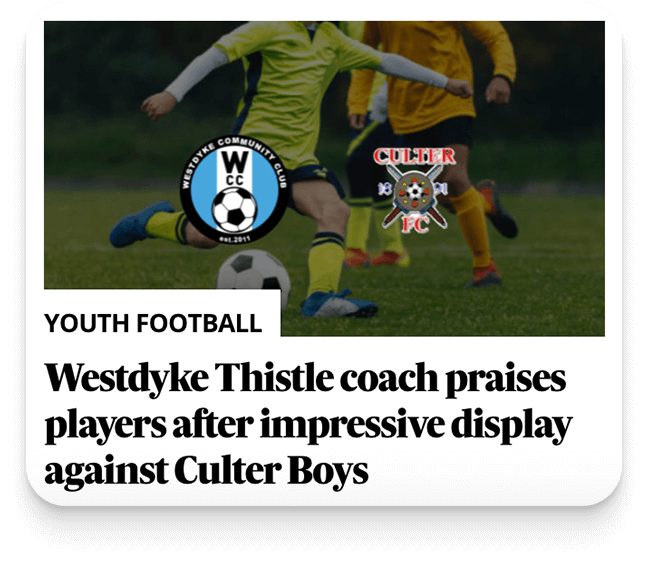
4. Nail the distribution
You drive – we guide. United Robots will guide you in how to match the automated content with the right readers. We’ll make suggestions for where and how you most effectively promote it on your site. Below we outline a couple of distribution models.
Topic vertical section
- The possible first step in your distribution strategy.
- Automated content is harboured in site sections, either mixed with human reporting or as only content.
- Articles are showcased on front pages to drive attention and consumption.
Local personalization
- Bergens Tidende Home Sales section entirely populated by robot written content.
- Single sales articles and top lists.
- Articles down to zip code levels.
- Distribution based on 1st party subscriber geo data.
- Personalization enables larger volumes - > more monetization.
- 16 000 articles -> 1 million page views in one year.
- The robot texts drive 5% of total article conversions of new paying readers.
5. Iterate – then scale
With the pilot as proof of concept, plan for roll out.
Tweak the offer, the promotion and the distribution.
NTM:
Automated annual reports pilot and scaling
Swedish local media group NTM started by publishing high end annual reports summaries for local and regional companies at flagship site, UNT.
During pilot: Measured reader interest: Tweaked headlines, types of images, front page promotion etc
Scaling: Currently five more sites have onboarded, with ten to go.
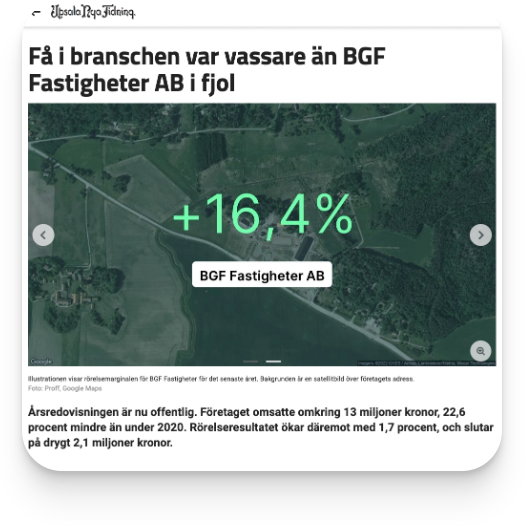
We can help you get started!
What to expect from a project with us
- No data needed. We have data partners in our markets.
- No tech expertise needed. We build and maintain the robots and integration with your systems.
- You can start and test quickly. We can have your robot delivering texts to your CMS and sites in as little as a month.

